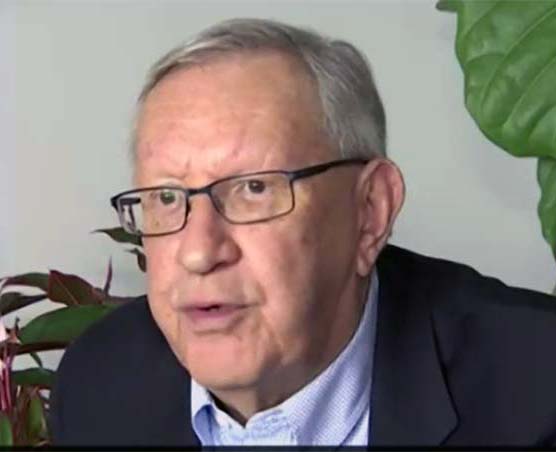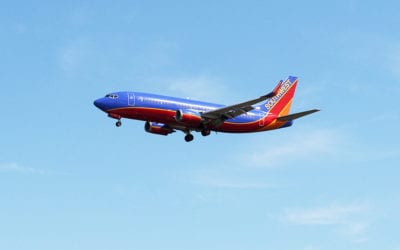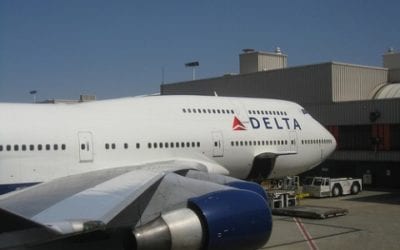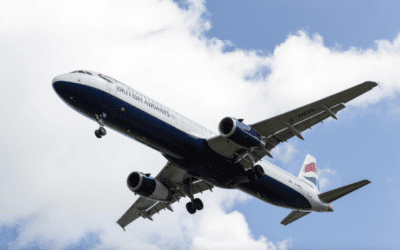With America’s air traffic control system, the Federal Aviation Administration (FAA) is in control. It can determine which technologies can be used and test them over and over again until everything is perfect according to a phalanx of regulators.
Hence, our new air traffic control system has been developing in a parallel universe controlled by the FAA. With drones, the FAA is powerless to control technology and doesn’t seem to realize it.
Rather than dealing with the reality of drones permeating America’s skies, from hobbyists flying radio-controlled model aircraft to photographers circling buildings to show commercial and artistic appeal, and from commercial drones that monitor oil pipelines to search and rescue operations that make extensive use of drones, the FAA has its head in the sand.
Worse, FAA bureaucrats actually believe they can hold back the tide of drones coming onto market. They can’t.
America needs a drone policy and they need it now. The FAA should be engaged in an intense effort to develop standards right now, not in 2020, as I recently heard from a sincere but delusional FAA drone control officer.
Congress passed a law back in 2012 legalizing drones and directed the FAA to develop rules and standards to permit widespread traffic by September 2015. The FAA is hopelessly behind in its rulemaking for drones. Its own Inspector General has concluded that if the organization does not get its butt in gear, it will miss the Congressional deadline.
In the meantime, usage of drones, or Unmanned Aircraft Systems (UAS), are here today. Their national deployment may wait until a 2015 deadline, but barely.
According to an investigation by the Washington Post:
The FAA is facing pressure to move faster from drone manufacturers, the military, members of Congress and many companies that see remotely controlled airplanes as a breakthrough technology. The drone industry complains that it is losing $27 million in economic benefits a day while the FAA prepares regulations for certifying drones and licensing pilots.
This FAA delay has serious consequences and may undermine the aviation administration’s own legitimacy. It cannot dither and dally and operate on its own timetable. Technology is marching on.
Earlier in July a panel of judges at the US Court of Appeals for the DC Circuit decided that search and rescue operations using UASs can proceed in defiance of FAA rules (or non rules). In effect, the court said that the FAA needs to come up with rules that provide a clear decisionmaking process and legal consequences. Short of that, statements like, “No you can’t” and “Because we say so,” can’t be legally upheld.
Meantime, the FAA is pouting and claims that it is ultimately responsible for the safety of America’s skies. But, they had better establish some kind of system, otherwise, UAS reality will pass the regulators by and they will be forever playing catch-up.
Hazardous occurrences are becoming more frequent as more drones — legal and illegal — take to the skies, according to the year-long investigation by The Washington Post:
In 15 cases over the past two years, drones flew dangerously close to airports or passenger aircraft, including the incidents in New York and Los Angeles, according to reports submitted to the FAA. On May 3, the pilot of a commercial airliner preparing to land in Atlanta reported a small drone with four legs and bright lights “in close proximity” to his plane, according to the FAA records. The agency recently disclosed that the pilot of a US Airways plane reported a near-collision with a drone or remotely controlled model aircraft over Tallahassee Regional Airport on March 22 in Florida.
A different set of records suggests that risky midair encounters are even more common. A NASA database of confidential complaints filed by pilots and air-traffic controllers has recorded 50 other reports of close calls or improper flight operations involving drones over the past decade.
Civilian drones flown with the FAA’s permission and under its scrutiny are also susceptible to crashes. Since November 2009, law enforcement agencies, universities and other registered drone users have reported 23 accidents and 236 unsafe incidents, according to FAA records.
The FAA needs to get in gear and get UAS rules and regulations promulgated. They don’t have to be perfect, and probably won’t be. But, if the FAA continues down this perfect safety approach to drones, the administration will be overwhelmed by unmanned aircraft and the country will face a far bigger problem of unleashed, uncontrolled, unaccountable, unmanned aircraft swarming and spawning throughout our airspace.

Charlie Leocha is the President of Travelers United. He has been working in Washington, DC, for the past 14 years with Congress, the Department of Transportation, and industry stakeholders on travel issues. He was the first consumer representative to the Advisory Committee for Aviation Consumer Protections appointed by the Secretary of Transportation from 2012 through 2018.



